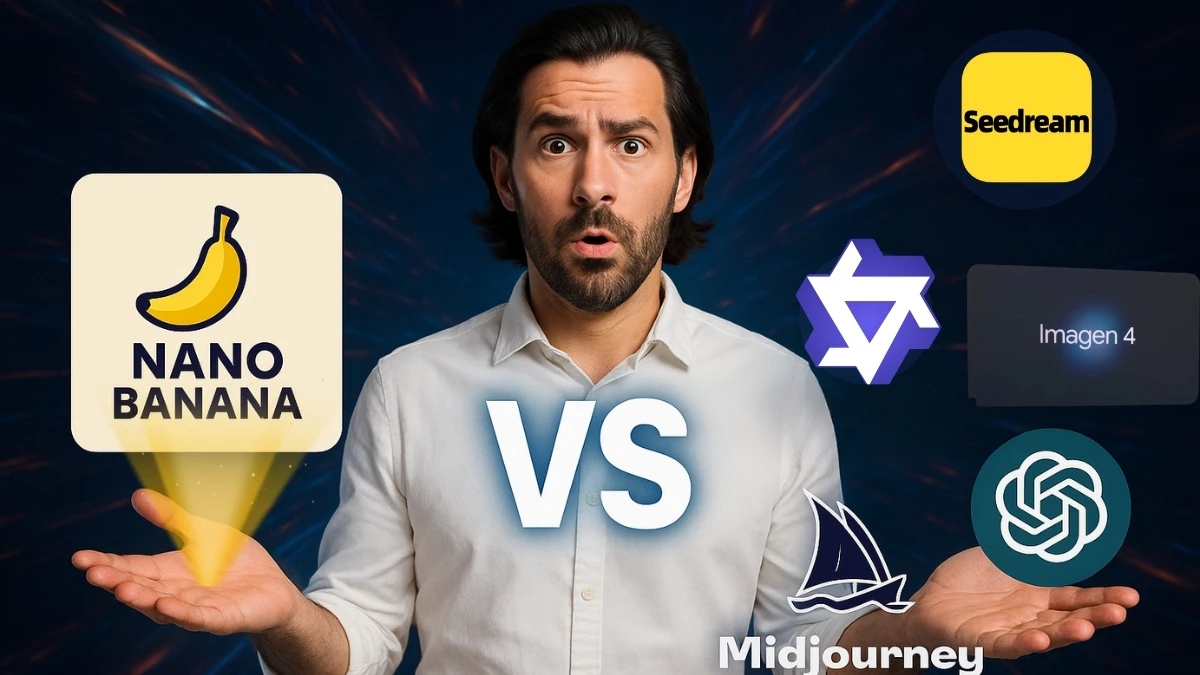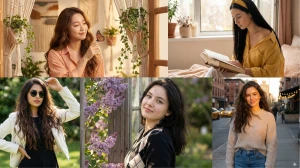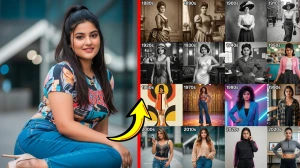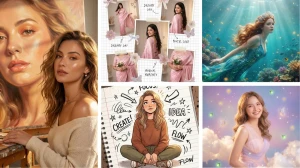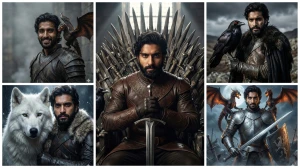In the ever-evolving world of artificial intelligence, image editing has reached new heights. Gone are the days when editing images required hours of manual work or expensive software.
AI-powered image editors have drastically reduced the time and effort needed to enhance and manipulate visuals, making image editing faster, more accessible, and often more accurate.
In this post, I’ve put some of the most popular AI image editors to the test, including ChatGPT (DALL·E 3), Seedream 4.0, Imagen 4, MidJourney, Qwen, and Nano Banana Image Editor.
The goal was simple: to compare these AI tools based on their performance using the same prompt across all platforms and evaluate their ability to produce high-quality, creative, and visually appealing images.
As the number of AI image editors grows, it’s important to know which one delivers the best results, whether for personal use or professional purposes. So, let’s dive into the comparison and find out which AI image editor comes out on top.
Which One is the Best AI Image Editor?
After testing the aforementioned AI image editors, it’s clear that each one has its strengths and weaknesses. The exciting part is that they all offer unique features, but we’re here to discover which one can consistently deliver the most satisfying results.
For this comparison, I used the same prompt across all AI image editors to ensure a level playing field. The prompt I used was:
- “The woman is in her twenties or early thirties, with long, dark, wavy hair styled to frame her face, falling over her shoulders. She has a warm and inviting expression, looking directly at the camera with a slight smile. Her makeup is natural but enhancing, with defined eyes and soft pink lips.
She is wearing a plain light grey chiffon or georgette sari draped gracefully, showing a hint of her midriff. Her blouse is a matching grey color with intricate, delicate lace or embroidered floral detailing on the sleeves and neckline, possibly with a slightly plunging V-neckline. She is accessorized with large, detailed silver jhumka-style earrings, multiple silver bangles or bracelets on her left wrist, and a gold wristwatch on her left wrist. Her right hand is slightly raised, with fingers gently curled.
The setting is an outdoor or semi-outdoor location with a blurred, light-colored background that includes elements of ornate architecture or decorative pillars in muted tones (possibly light brown, beige, or grey). The background is soft, keeping the focus entirely on the woman.
Lighting and Style: Photorealistic portrait with soft, diffused natural light, creating gentle highlights on her skin and the fabric of her sari. The overall tone is elegant and sophisticated. The color palette is subtle, dominated by shades of grey, complemented by her dark hair and accessories. The image has a clean and refined aesthetic."
Let’s explore the results for each of these AI image editors:
Testing the AI Image Editors
1. Nano Banana Image Editor:
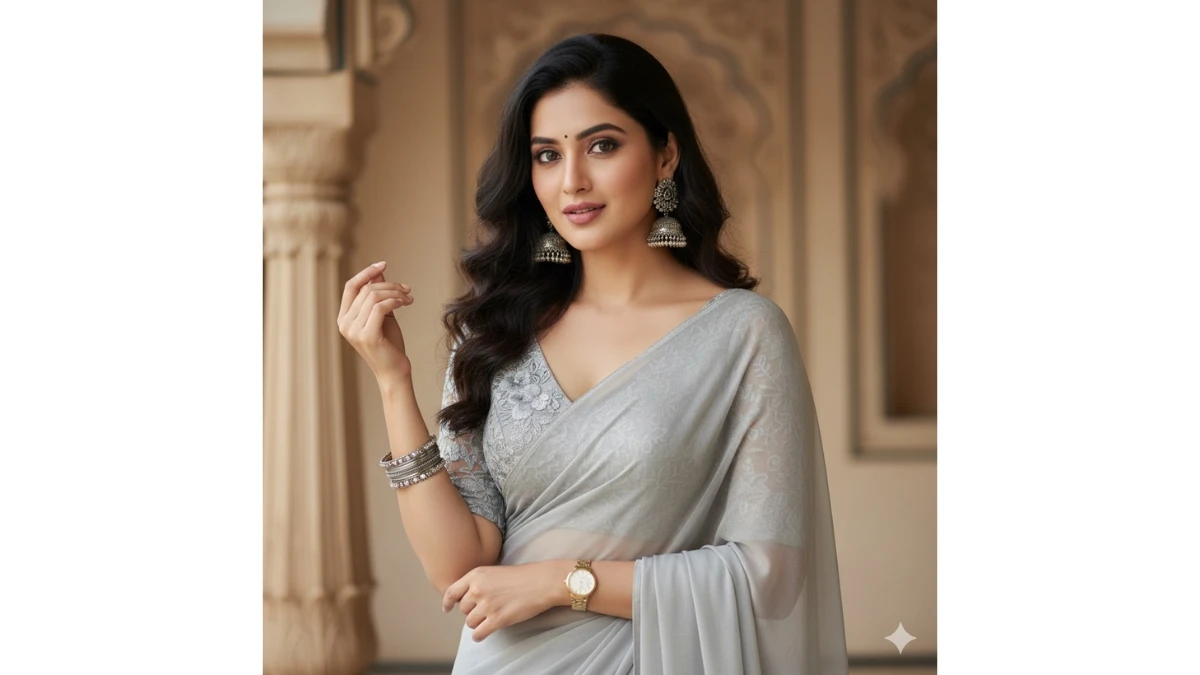
Nano Banana, despite not being as well-known as the other platforms, surprised me with its precision. It generated a stunning image with clear details in both the cityscape and the natural elements. The colors were rich, and the blending between the landscape and the futuristic city was smooth. The river’s reflection was beautifully rendered, and the sunset glow added a magical touch. Nano Banana’s ability to balance both the natural and futuristic aspects of the prompt made it a standout.
2. ChatGPT (DALL·E 3):
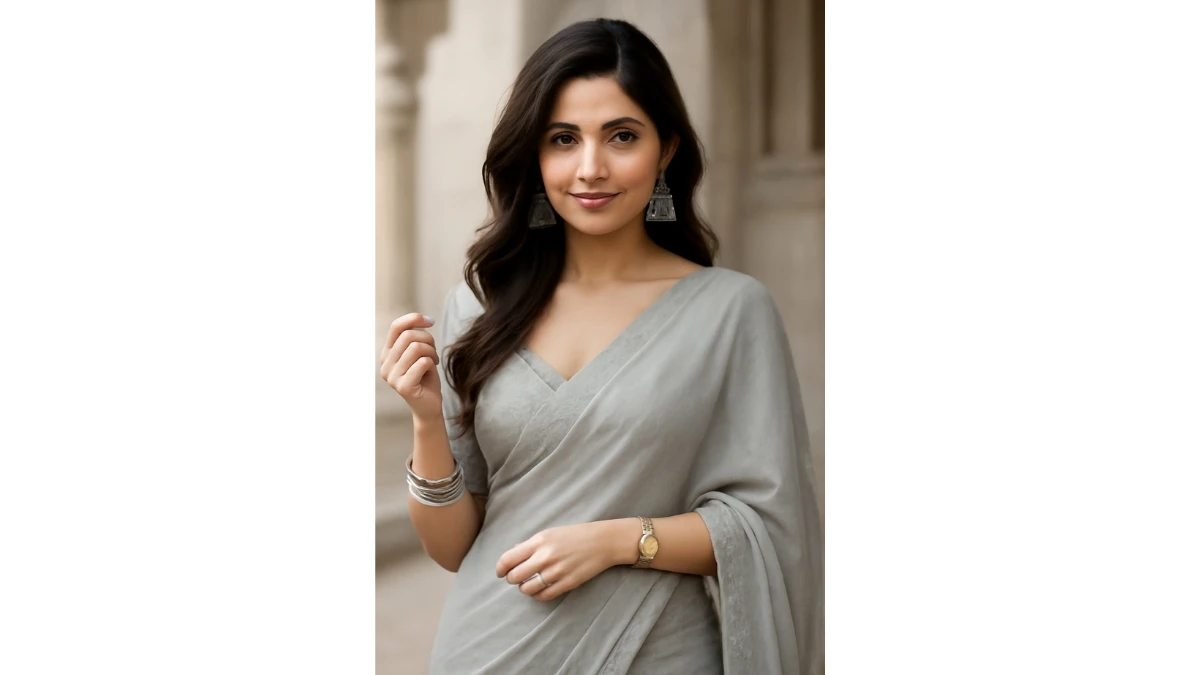
DALL·E 3, known for its ability to create incredibly detailed and imaginative images, produced a serene landscape with a futuristic city in the background. The lighting effects were strong, and the sunset glow illuminated the scene beautifully, making the river shimmer. However, the cityscape felt a bit too abstract, and the blending between natural and futuristic elements was not as smooth as I would’ve liked.
3. Seedream 4.0:
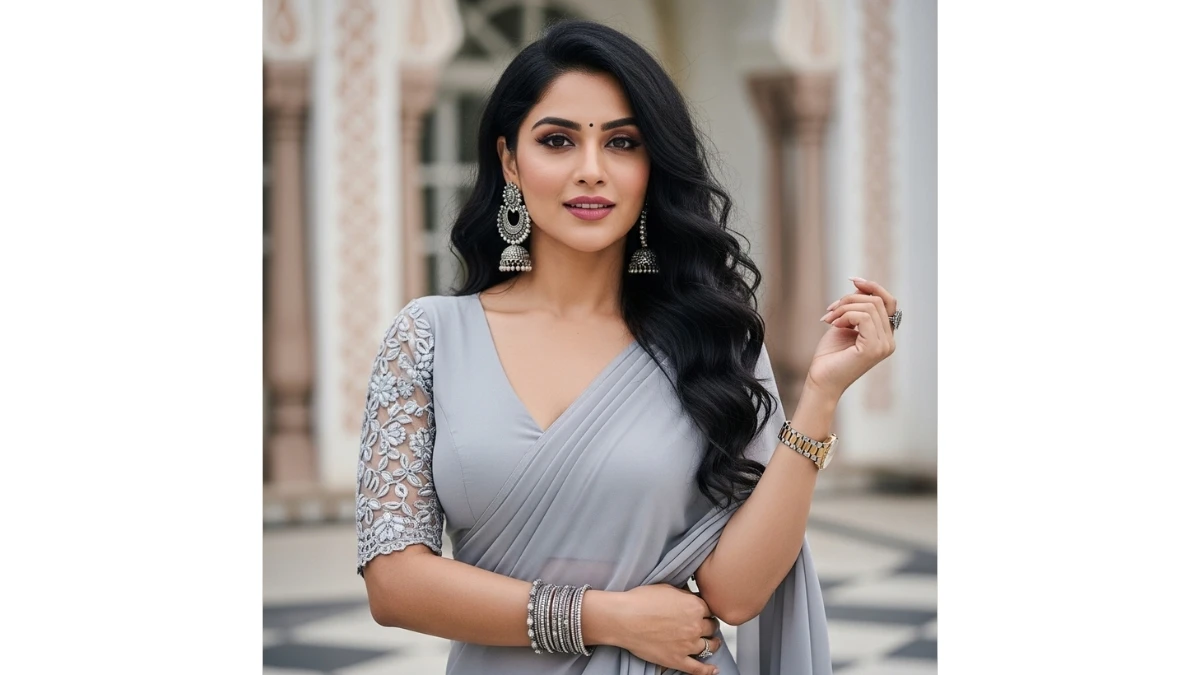
Seedream 4.0 showcased its AI prowess with a visually striking cityscape, but with a more vibrant use of colors and a smoother transition between the landscape and the city. The river was visually stunning, with reflections from the glowing lights, giving it an ethereal feel. This tool excelled in capturing the sunset, and the image felt very immersive. However, the city could have been sharper in terms of detail.
4. Imagen 4:
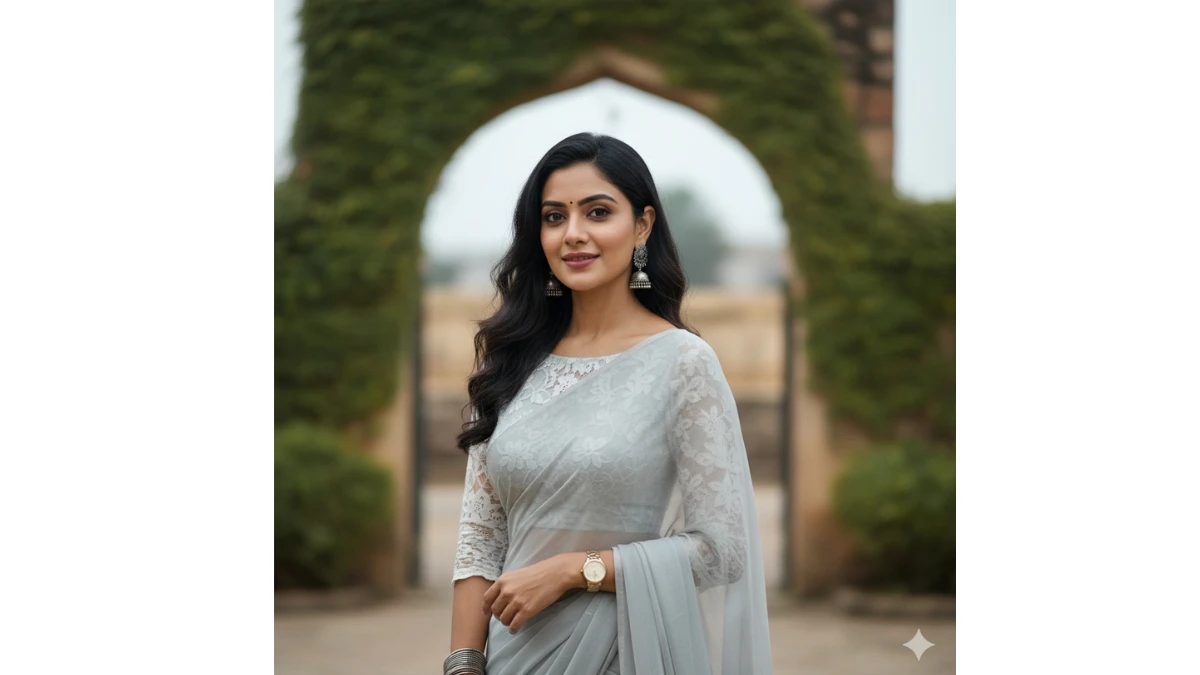
Imagen 4 produced a highly realistic scene with accurate lighting and great detail on both the natural elements and the city skyline. The colors were balanced, and the river was incredibly clear, offering realistic reflections. However, the futuristic aspects of the city weren’t as bold as I expected, and it felt more grounded in reality.
5. MidJourney:
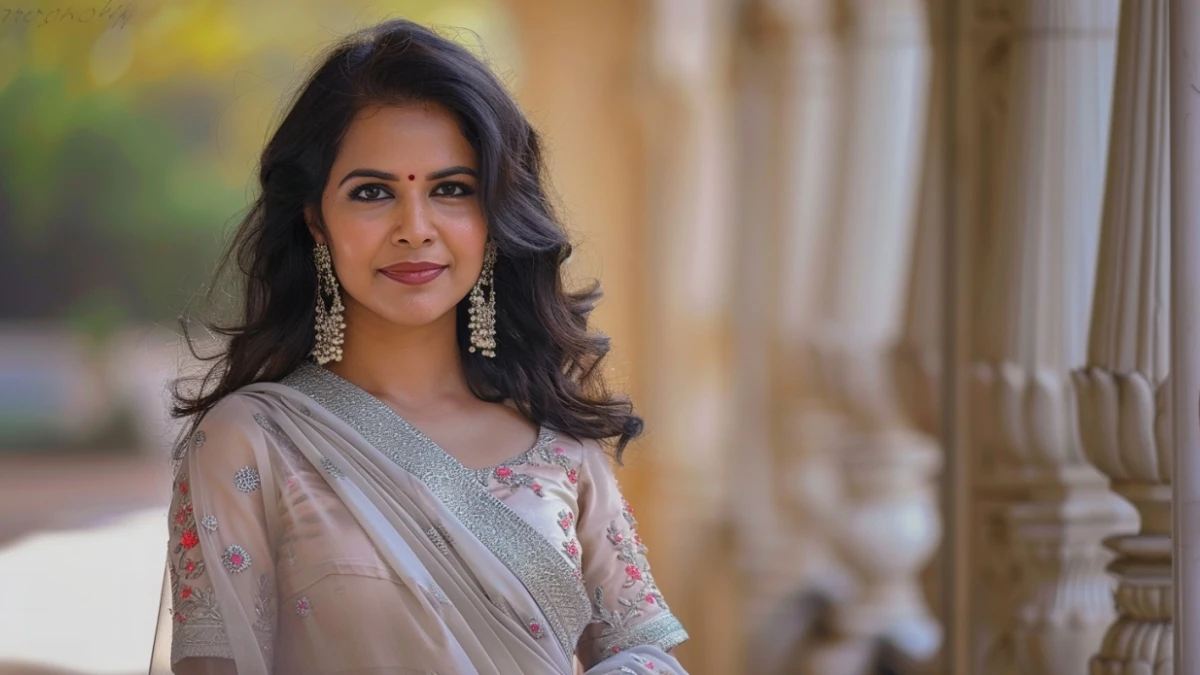
MidJourney is known for creating artistic, almost painterly visuals, and this prompt didn’t disappoint. The result was more abstract and expressive, with the sunset’s colors taking center stage. The river’s texture was beautiful, and the futuristic city was rendered in a dream-like style. The only downside was that the city looked a bit too stylized, and the blending with the natural landscape wasn’t as seamless.
6. Qwen AI:
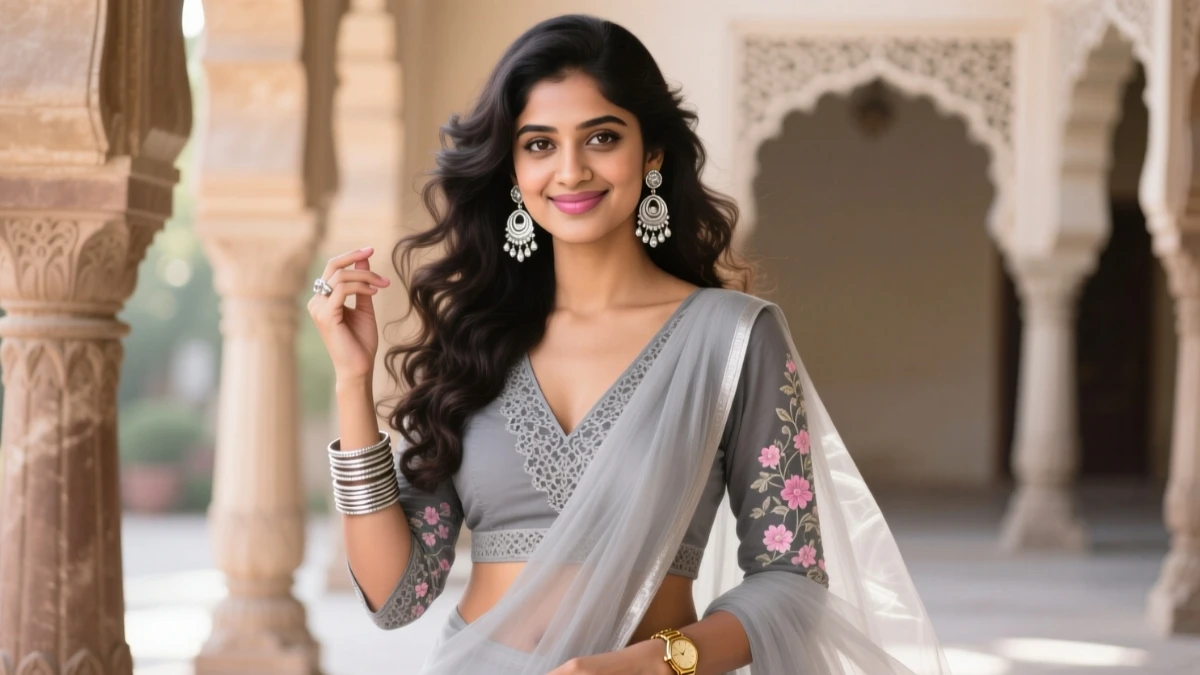
Qwen delivered a striking and detailed image, with exceptional lighting and a strong sense of atmosphere. The sunset and glowing lights were well-executed, and the futuristic city was sharp, with clean architectural lines. The river had a magical glow, but some elements felt slightly less detailed, especially around the edges of the city.
Conclusion
After testing all of these AI image editors, it’s clear that Nano Banana Image Editor stands out as the best overall performer in this comparison.
While the other AI editors, including ChatGPT (DALL·E 3), Seedream 4.0, Imagen 4, MidJourney, and Qwen, each delivered impressive results, Nano Banana consistently provided the most balanced and polished image with strong attention to detail in both the landscape and futuristic elements.
If you're looking for an AI editor that can create seamless, high-quality images with great creative control, Nano Banana is a solid choice.
While tools like MidJourney and DALL·E 3 excel in artistic and abstract imagery, Nano Banana's ability to blend realism with futuristic aesthetics gives it the edge in this test.
Disclaimer: The content of this comparison is based on personal testing of the mentioned AI image editors using a common prompt across all platforms. The performance of each AI editor may vary based on the specific use case, image complexity, and updates to the tools. The results presented here reflect the AI image editors’ performance at the time of testing and should be taken as an informative comparison rather than a definitive ranking. Always consider your specific needs and preferences when choosing an AI image editor for your projects.

